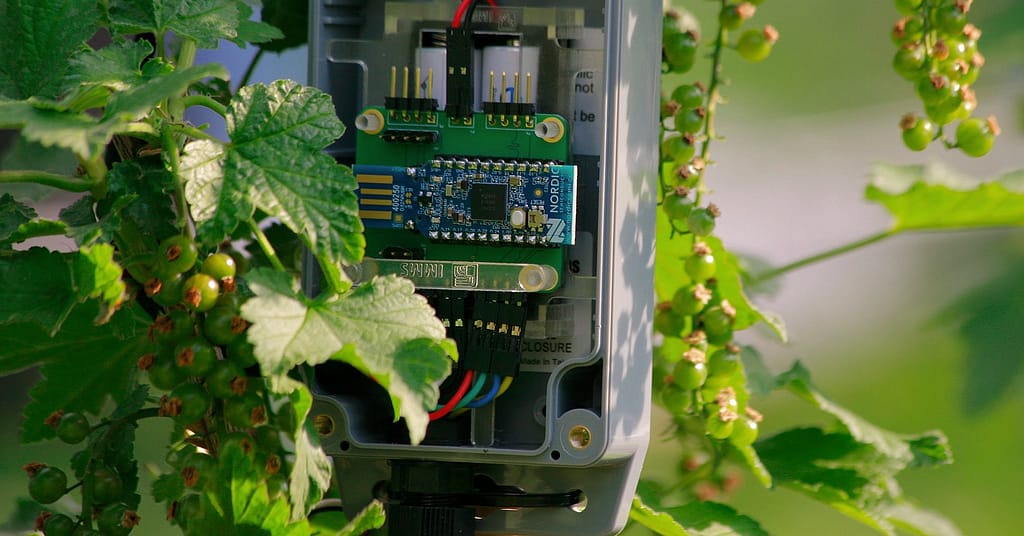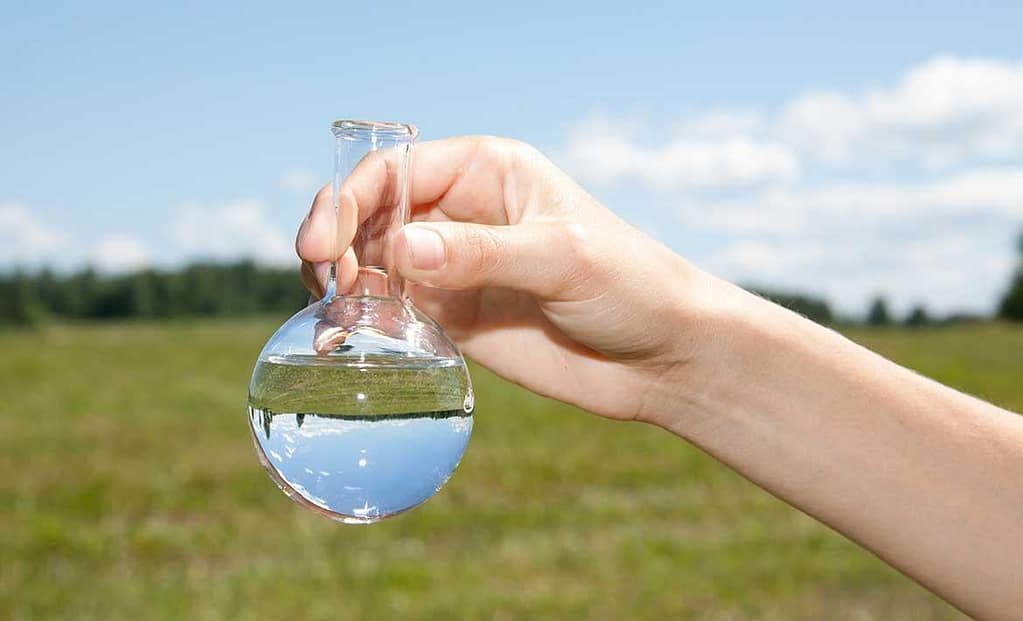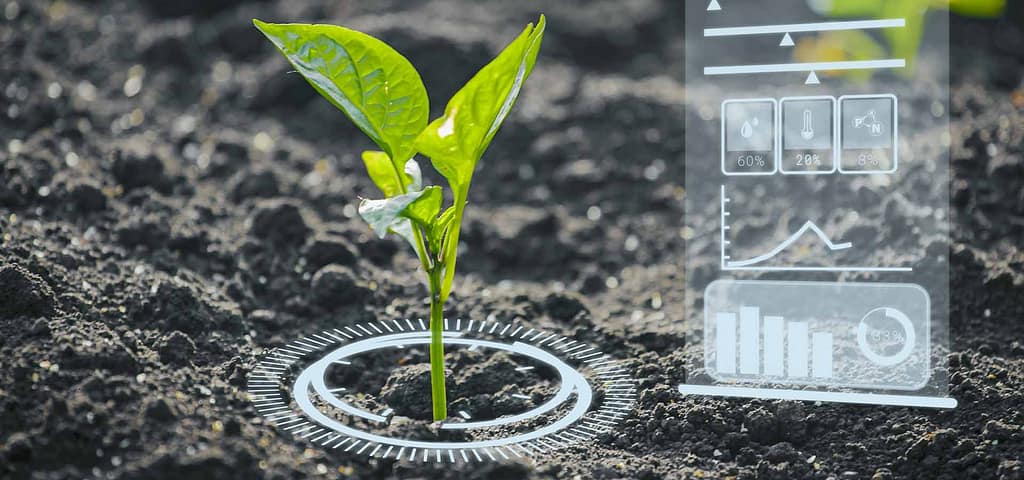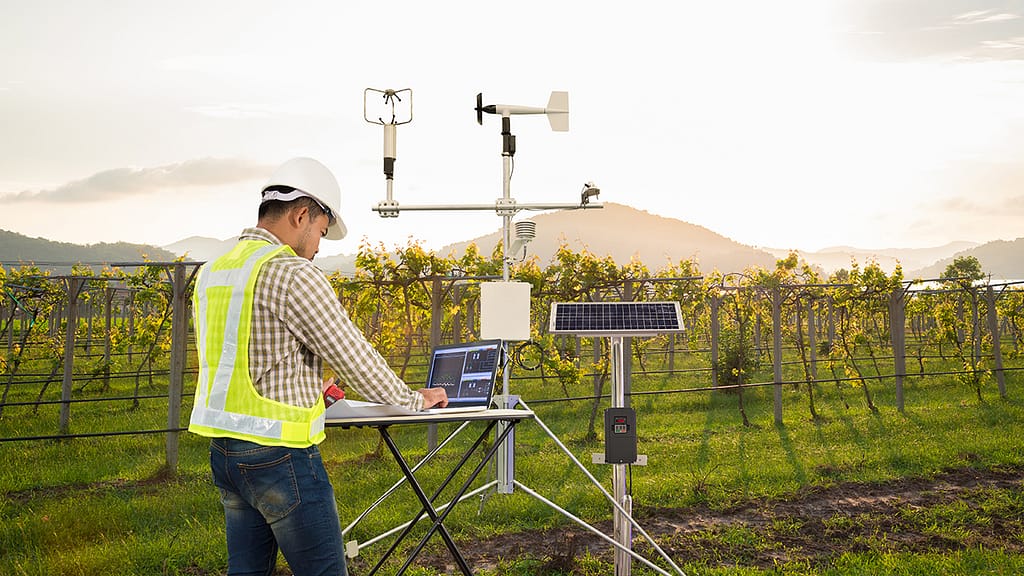In today’s rapidly changing world, businesses are under increasing pressure to adopt sustainable practices to ensure they meet environmental regulations and make informed decisions about their status. To achieve this, environmental monitoring has become an essential tool for companies of all sizes, which take avail of the 4 types of environmental monitoring to launch themselves in the industry.
By closely tracking and managing their environmental impact, businesses can reduce costs, enhance their reputation, and mitigate risks. So the goal of this article is to go over the 4 types of environmental monitoring, as well as their importance to the world and some examples of industries where they can be found.
Don’t miss: What is GPS asset tracking?

What are the 4 types of environmental monitoring?
There are 4 types of environmental monitoring from a business perspective: air quality monitoring, water quality monitoring, soil quality monitoring, and biodiversity monitoring. So let’s discuss each one in depth.
Air quality monitoring
Air quality monitoring is a critical aspect of environmental management for businesses, particularly for industries that release emissions into the atmosphere.
It involves measuring various pollutants, such as:
- Particulate matter (PM): Tiny particles suspended in the air, which can have various health effects depending on their size.
- Sulfur dioxide (SO2): A byproduct of fossil fuel combustion, primarily responsible for acid rain and respiratory issues.
- Nitrogen oxides (NOx): Emitted from combustion processes and known to contribute to smog formation and respiratory problems.
- Volatile organic compounds (VOCs): Organic chemicals that can easily evaporate into the air and contribute to air pollution.
- Carbon monoxide (CO): A colorless, odorless gas produced by incomplete combustion that can be lethal in high concentrations.
Air quality monitoring employs various methods to measure these pollutants, including fixed stations with specialized instruments that continuously sample and analyze the air, vehicles equipped with monitoring equipment for real-time data collection across different locations, or even small, portable devices that collect data over a specific period.
Collected data is analyzed and reported regularly to track air quality trends. Data is often made available to the public through websites or apps, allowing people to make informed decisions about outdoor activities.
The Air Quality Index is a common tool used to communicate air quality levels to the public. It typically categorizes air quality as good, moderate, unhealthy for sensitive groups, unhealthy, very unhealthy, or hazardous – simplifying complex data into an easily understandable format.
Water quality monitoring

Water quality monitoring is a critical process that plays a pivotal role in safeguarding the health of our aquatic ecosystems and, from a business perspective, can have far-reaching implications.
It is an exhaustive process that encompasses a wide range of parameters, including pH, temperature, dissolved oxygen, turbidity, and the presence of contaminants. This comprehensive approach allows for a holistic understanding of the water body’s health.
Efficient water use and conservation are essential for businesses to reduce operational costs and minimize their environmental footprint. Water quality monitoring provides data that can be used to optimize water usage, identify leakages, and improve water treatment processes.
By conserving water and minimizing wastage, businesses can reduce their operational expenses, demonstrating that responsible environmental practices are not only environmentally sound but also economically viable.
Soil quality monitoring

This is a critical process that involves a comprehensive assessment of the physical, chemical, and biological properties of soil in and around a business’s operations. This monitoring helps in understanding the overall health and composition of the soil, making it essential for various industries.
The usual parameters of assessment in soil quality monitoring are:
- pH levels: Monitoring the pH of the soil is crucial because it directly influences the availability of essential nutrients. Soil pH can range from acidic to alkaline, and different crops or plant species require specific pH levels for optimal growth.
- Nutrient levels: Analyzing nutrient levels in the soil, such as nitrogen, phosphorus, and potassium, is vital for maintaining healthy crops. Imbalanced nutrient levels can lead to reduced yields and poor crop quality.
- Organic matter content: The organic matter in soil provides nutrients and helps retain moisture. Monitoring organic matter content is essential for soil fertility and moisture management.
- Contaminant and pollutant detection: Soil quality monitoring also includes the identification of contaminants like heavy metals, pesticides, and other pollutants that may pose risks to the environment and human health.
For businesses in agriculture, monitoring soil quality is imperative. Healthy soil is the foundation of successful crop production. By regularly assessing soil parameters, these businesses can make informed decisions regarding fertilization, irrigation, and crop selection to maximize productivity.
Industries involved in activities like mining and waste management need to monitor soil quality to prevent contamination of surrounding areas. Regular monitoring and early detection of contamination allow for timely remediation efforts, reducing environmental impact and potential liabilities.
Biodiversity monitoring
Biodiversity monitoring, a critical aspect of ecological stewardship, involves the systematic tracking of plant and animal species within a particular region, including those influenced by a business’s activities.
This practice, while sometimes overlooked, is becoming increasingly crucial from both ecological and business perspectives. Biodiversity is the lifeblood of ecosystems – which offer invaluable services that underpin various industries.
For instance, bees, butterflies, and other pollinators ensure the reproduction of countless plant species, including those that provide the ingredients for our food, textiles, and medicine.
The quality and availability of freshwater resources are directly linked to the biodiversity within aquatic ecosystems, which play a vital role in water purification. Businesses, particularly in agriculture and food production, heavily rely on these services, making the monitoring of biodiversity an economic imperative.
Furthermore, numerous companies have integrated biodiversity conservation into their corporate social responsibility (CSR) initiatives and sustainability strategies. These goals extend beyond mere compliance with legal requirements.
By actively engaging in biodiversity monitoring and conservation efforts, businesses can align themselves with global sustainability objectives, such as the United Nations Sustainable Development Goals (SDGs).
This commitment can enhance a company’s reputation, making it more attractive to customers, investors, and partners who share a concern for environmental sustainability. Furthermore, these goals can foster innovation and drive the development of more sustainable business practices.

Implement the 4 types of environmental monitoring in your business today
Environmental monitoring is not just a regulatory requirement; it is an opportunity for businesses to enhance their sustainability, reduce costs, and improve their reputation. It is an essential tool for businesses to achieve these objectives – and you don’t have to stay out of it. By understanding and actively participating in environmental monitoring, companies can pave the way for a more sustainable and profitable future.
We here at Datanet IoT Solutions are ready to help you reach those objectives with our state-of-the-art environmental tracking solutions. You can contact us anytime to learn more about our products and services!







